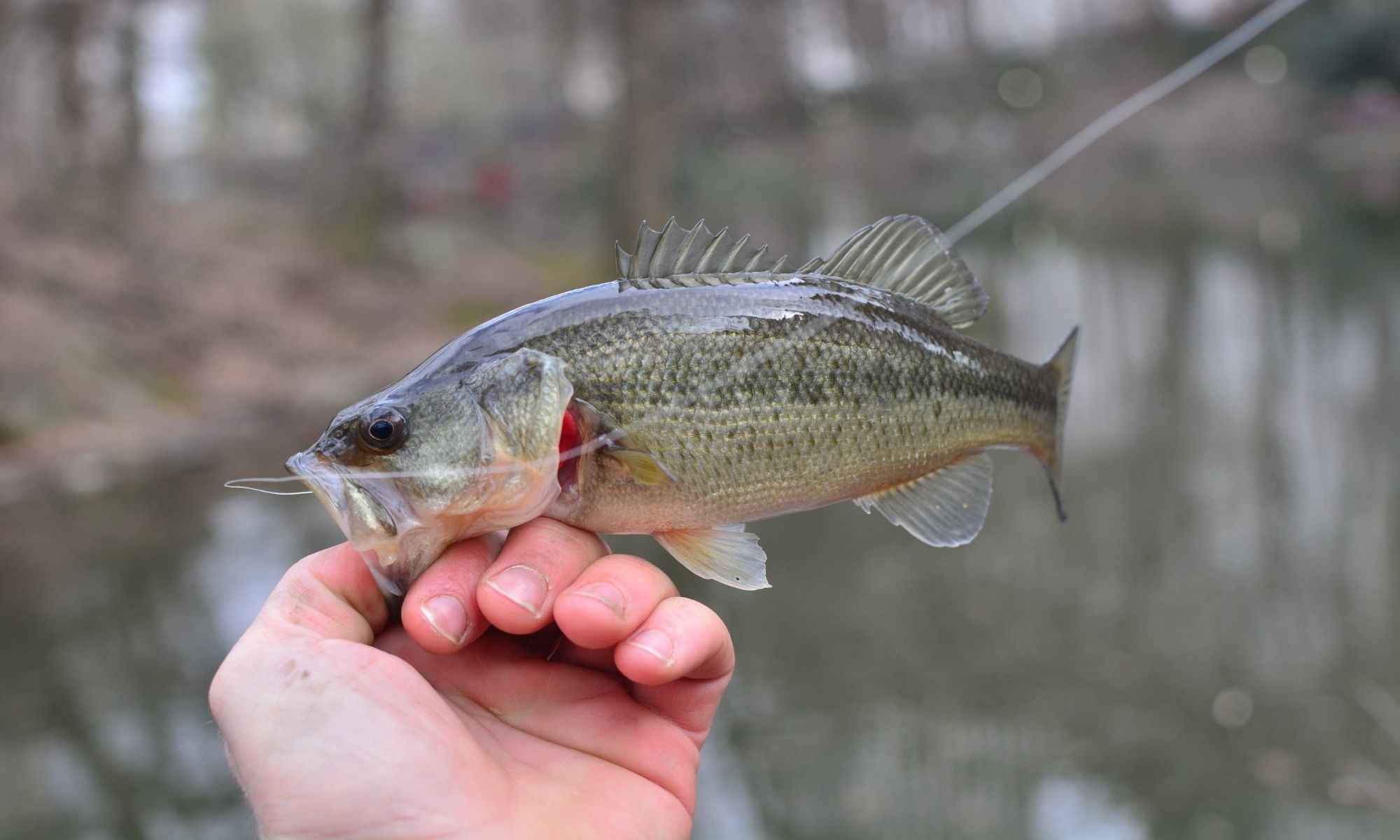Tips on How to Land a Bass
Bass fishing is one of the most exciting activities anglers look forward to doing. Here are helpful tips on how to land a bass if you're still learning.

Bass is a term shared by many species of fish that cover both freshwater and marine types belonging to the Perciformes or perch-like fish such as Serranidae including hundreds of species of sea bass and grouper; Moronidae which covers striped and European bass species; and Centrarchidae or known as sunfish including largemouth and smallmouth bass. Its name’s origin comes from Middle English and means ‘perch’. These fish are valued for food and sport, especially the largemouth and smallmouth bass.
To be able to bass fish like a professional angler, one must master the basics first. Finding an ideal bass boat and adapting tips and tricks advanced anglers use to catch more fish is a must. One must also be aware of bass fishing myths to generate a better-informed fishing experience. Largemouth bass are available in freshwater areas all throughout North America, making it one of the most versatile species.
Land a Bass Using These Tips
Bass Boats
Bass boats are generally low-slung, open, and have a lot of horsepower. They are designed and primarily equipped to angle for bass as they’re low profile, have maximized casting decks yet minimized seating. Depending on your needs, this type of vessel can’t be used for a whole range of other purposes. Many also enjoy using them to catch other species of fish and use them for limited watersports and cruising.

The vessels are often made with an aim towards competitive fishing as well, with them having large livewells (where the catches are kept), several high-quality fish finders, two anglers having their own fishing positions, and high-speed movement and performance. Most of these boats have a high horsepower to weight ratio - meaning they have more power than other boats despite their size.
Finding the Right Bass Fishing Tackle, Rigs and Baits
Most anglers will say that keeping your selection for tackle, rigs, and baits for bass fishing simple is the best way to go, especially if you are a beginner. You want something that won’t get hung up or covered in grass and slime every time you cast. Color is also important as the fish are attracted to certain colors, choosing this will depend on the season and color of the water.
Best Bass Fishing Methods
Bass are the most popular gamefish as they’re easier to catch than other types of fish and are also abundant in the country. Some of the best techniques experts use to catch them more effectively are pitching and flipping, topwater fishing, baitcasting, and spinning using crankbaits, spinnerbaits and jerkbaits, as well as lipping and drop shotting, which are finesse forms of fishing.
Where to Look For Bass
Which areas hold the fish are mainly dictated by the season, water temperature, and presence of prey. Good places to find bass are at points, pockets, currents, islands, grass holes, flooded brush or wood, and chunk rock. In terms of specific areas nationally, you can view the list of where they’re best caught in the United States.

Fishing Secrets from Professional Anglers
- Save Ripped Up Baits - Bass are mostly carnivorous and they like to target wounded prey so a shredded plastic worm or other bait is great to use, especially in shallow water.
- Use Red Baits - Red makes the fish think the bait is injured so they’re more likely to target and bite at it.
- Keep Hooks Sharp - Because bass have boney jaws, ensuring you have sharp hooks makes it easier to penetrate the fish. You can use a nail file to sharpen your hooks.
- Check the Water in Your Livewell - When bass are placed in the livewell, they can spit out what they were feeding on. You can use this as an indicator of what type of lure you use in whichever area you’re in that day.
- Bother Them - Bass are ill-tempered fish, so you can keep tapping them to get them to bite your hook.
- Target Them Before a Storm - The pressure before a front comes through makes bass more active.
- Have Seasonal Bait - The fish eat different things throughout the year. Generally, early in the year, they like to eat crawfish while in the summer and fall they like shad. Use the information to determine what color lures you can use.
- Shallow Fishing in the Spring - Bass are found in spawning beds during the spring so you can aim for shallow areas like pockets and coves to catch them.
- Fish with the Wind - It’s better for bass to find your bait before they notice your boat so follow the wind as they always swim with the current.
Bass Fishing Myths
- Bass Are Inactive in Cold Water - Though prey fish are less abundant in the winter, bass still eat and are able to adapt in the conditions they’re in as they are poikilothermic animals. Many of the biggest catches each year come as a result of ice fishing.
- All Bass Behave the Same Way - Local experts are familiar with bass behavior and can help you with your fishing venture and research. Variation in the DNA of the species impacts differences in the way they live in certain local waters.
- Fish Care is Easier Due to Newer Livewells - Anglers still need to check livewell conditions as it’s still important to take care of your catches. It’s advised that you aerate the storage area, keep adding fresh water and ice, or run pure oxygen into it.
- Bass Can’t Be Found in Areas Treated with Herbicides - According to scientific evidence, bass aren’t negatively affected by the appropriate application of herbicides. This is despite stable environments still offer the most consistent fishing as changes in their habitat may reduce your chance of catching them.
- Populations Increase by Planting Brushpiles - These do little to boost reproduction, lake-wide biomass, or growth.
- Big Fish Live in Deep Water - Large fish live where conditions and prey availability are able to support them. This means they can live anywhere as long as the area meets their needs.
- Bass Like Eating Crayfish Due to Their Nutritional Value - While crayfish are a favorite food for bass, they don’t really offer much in terms of nutrition.




